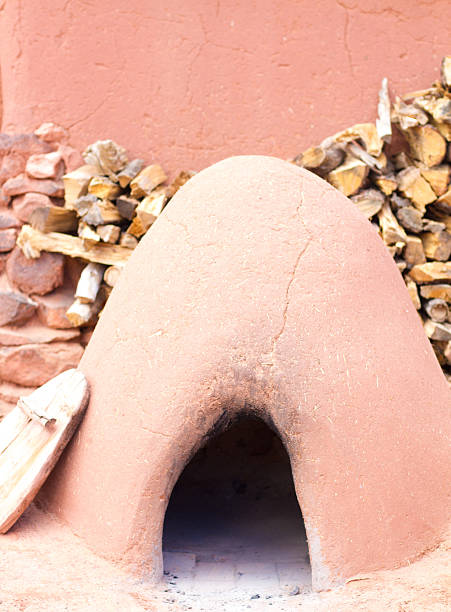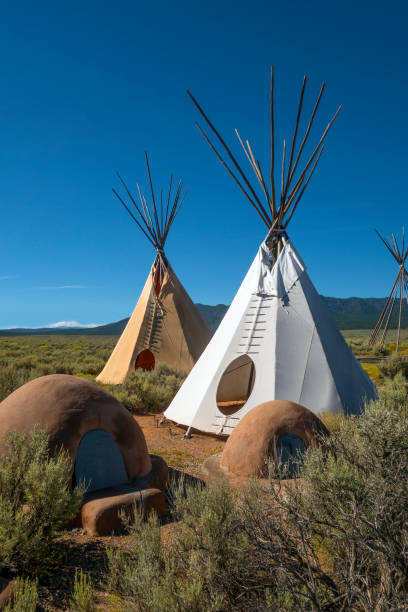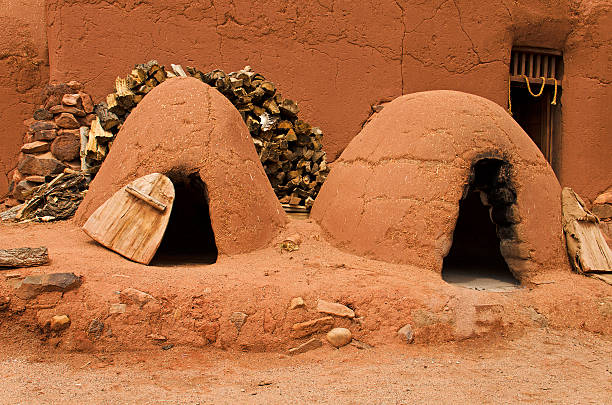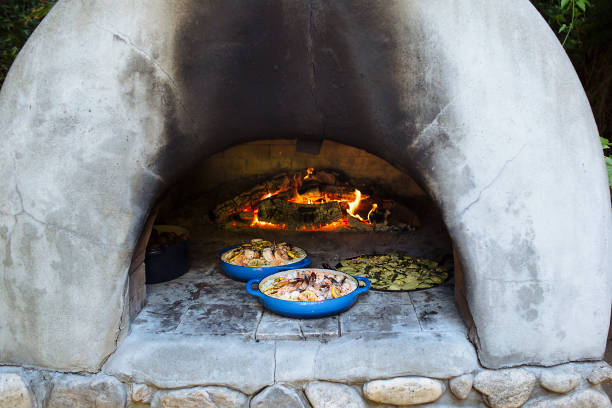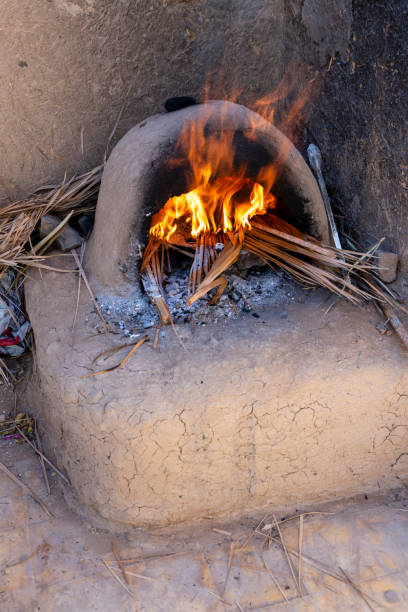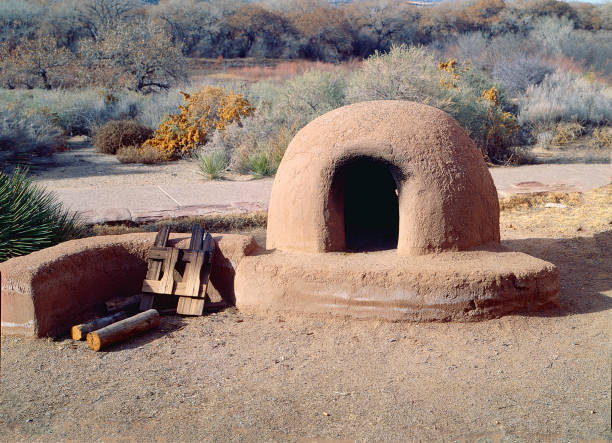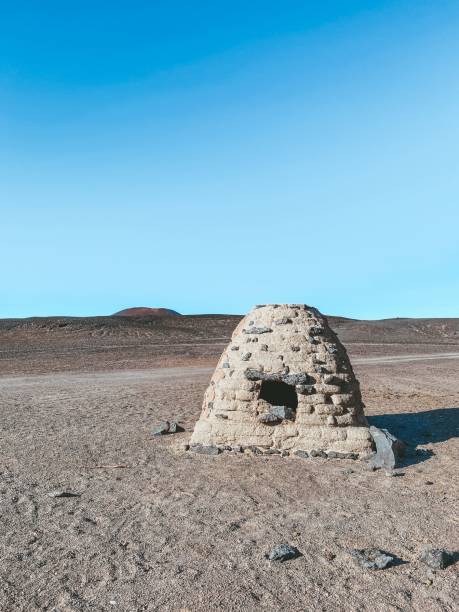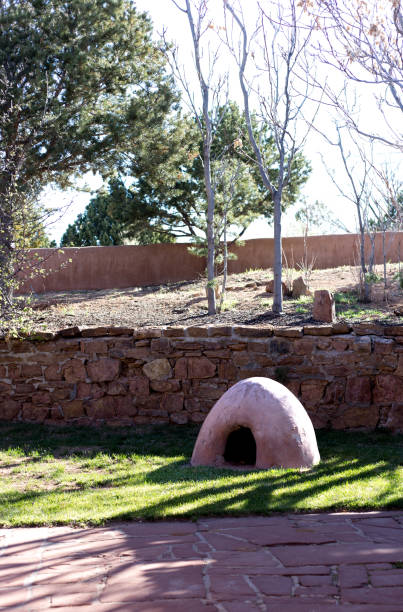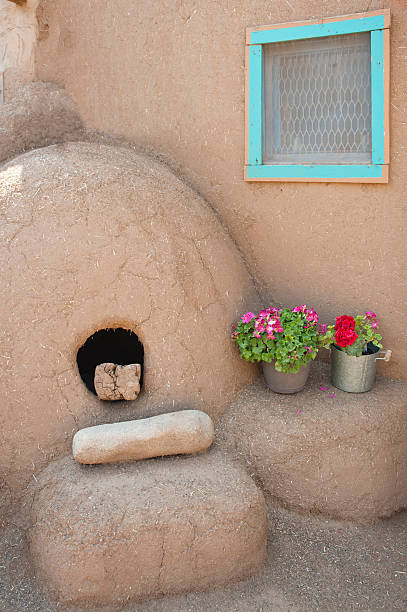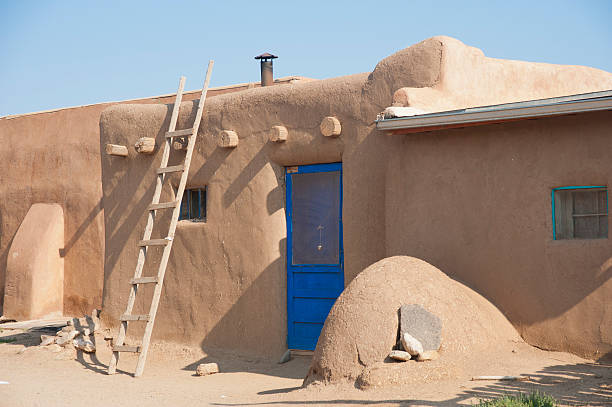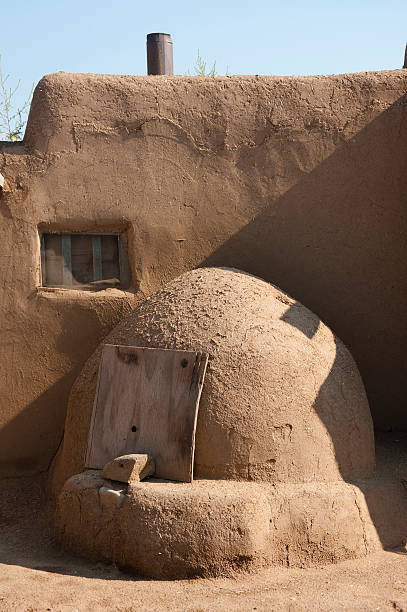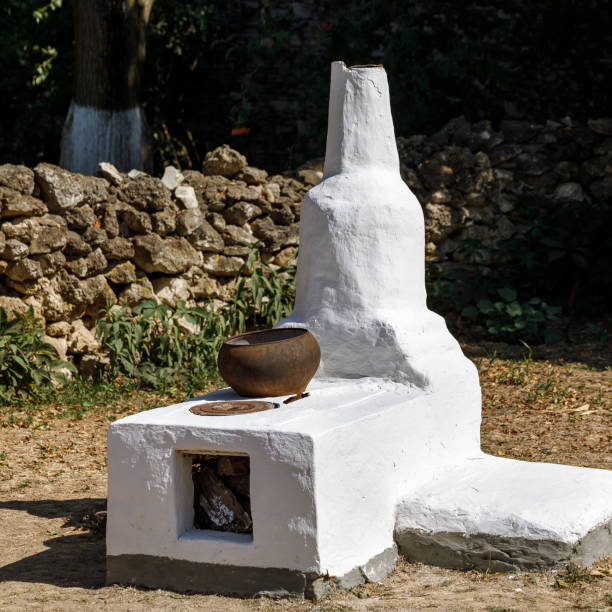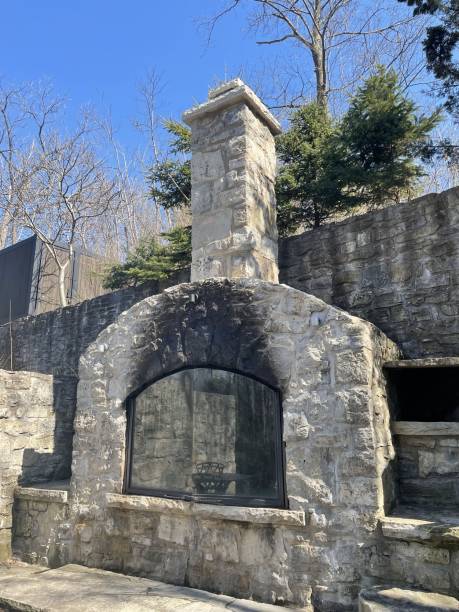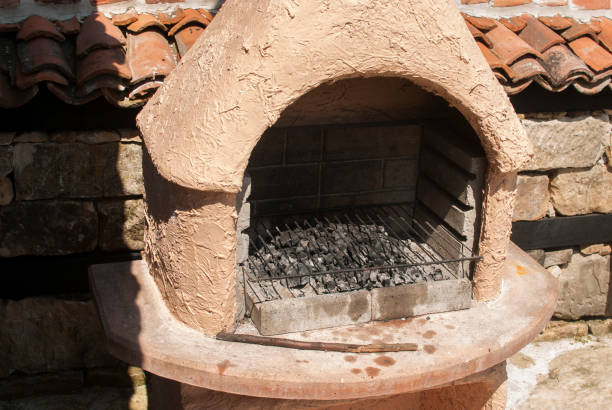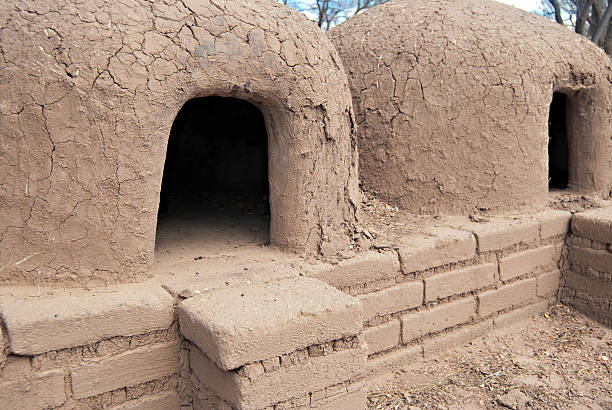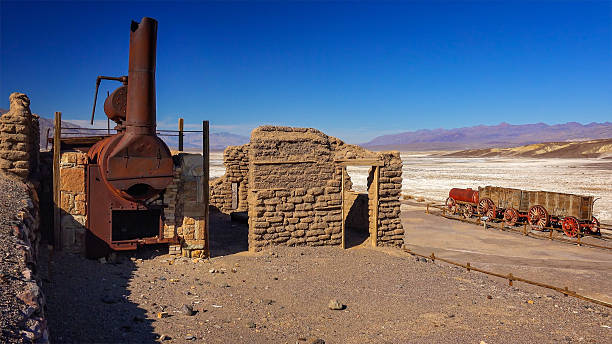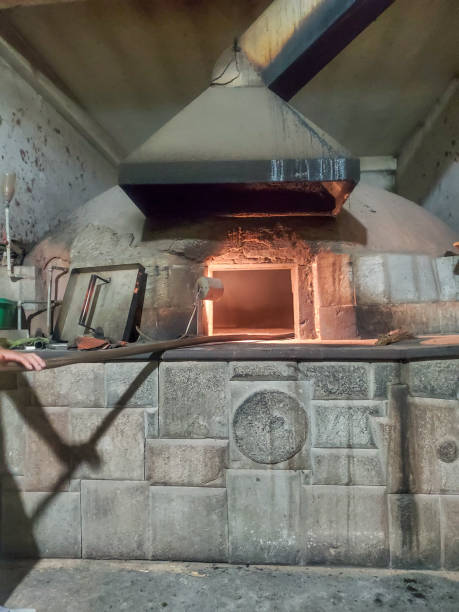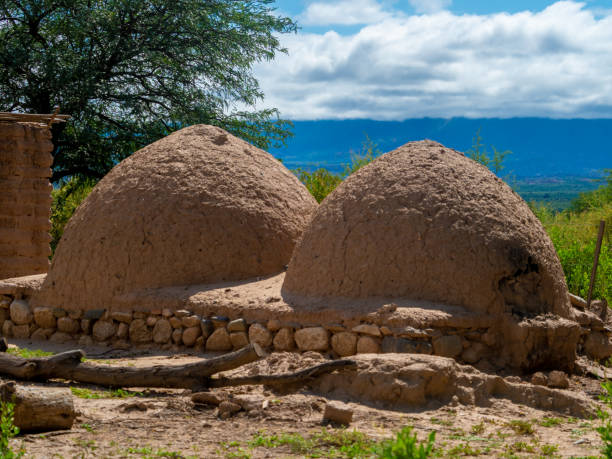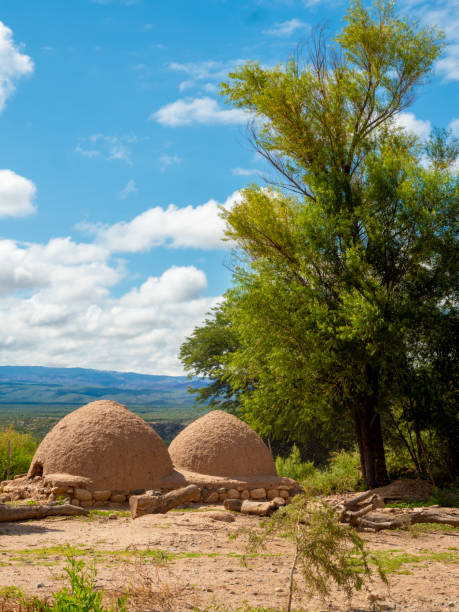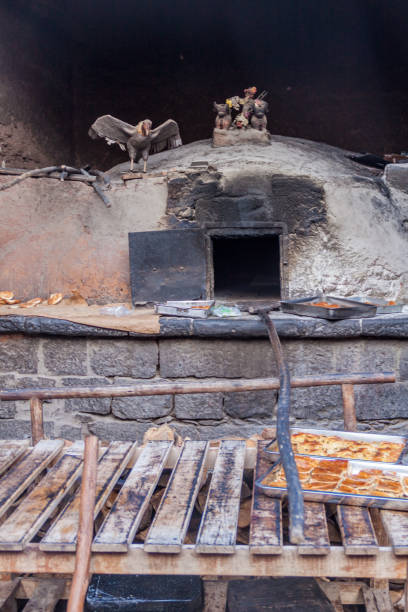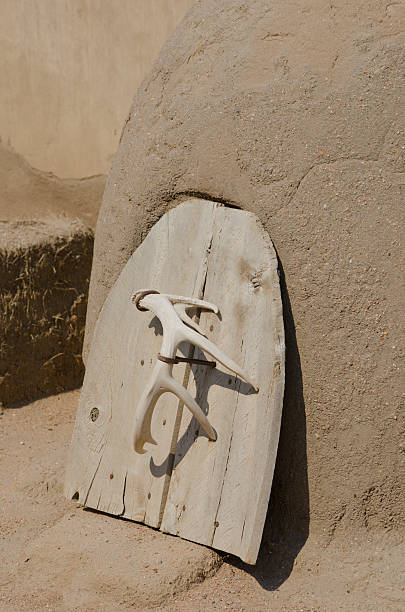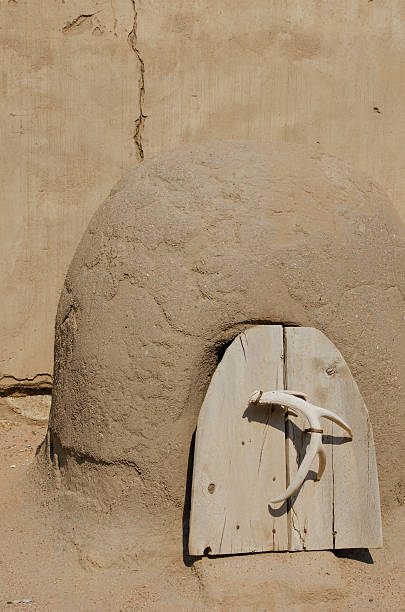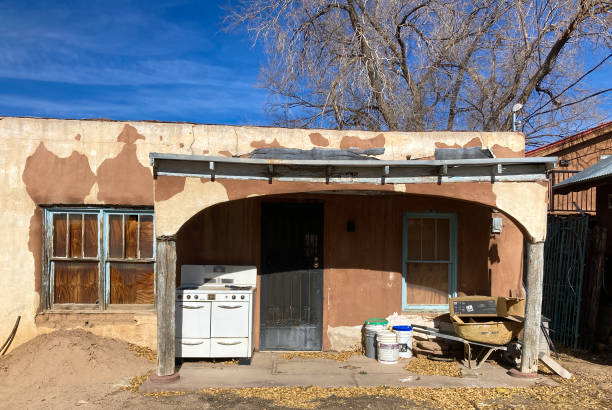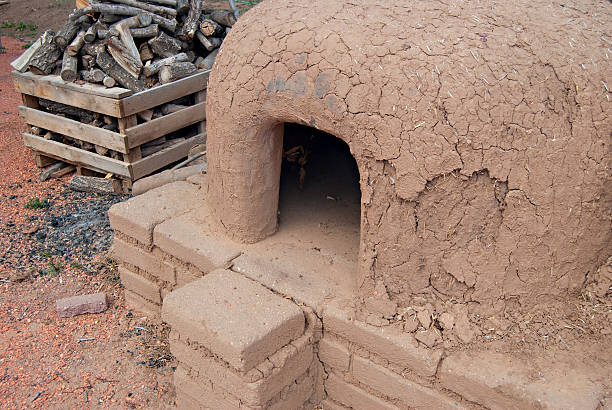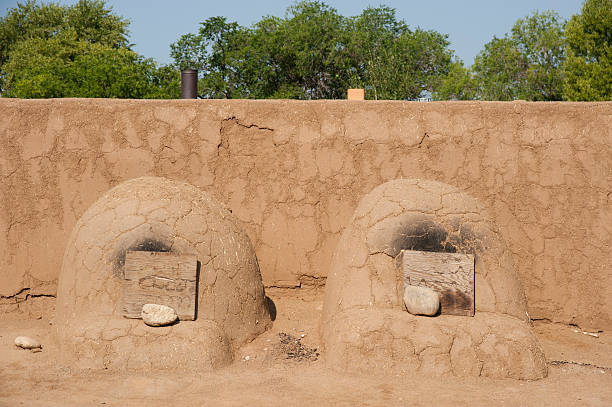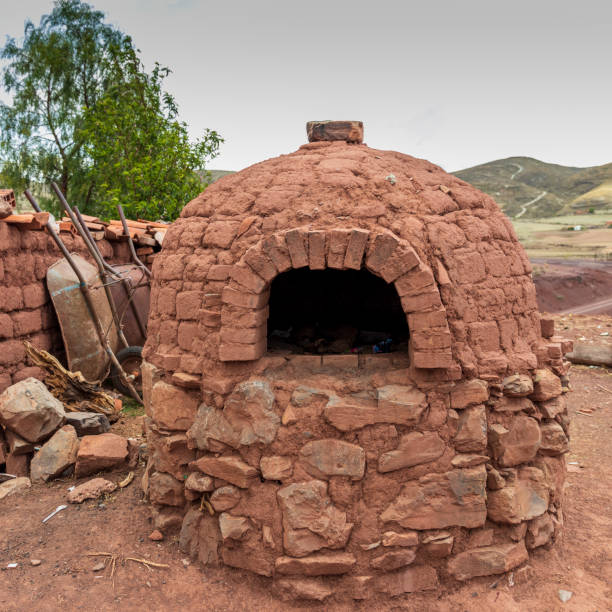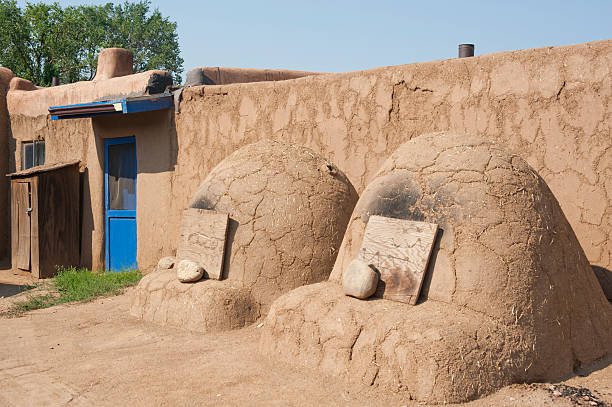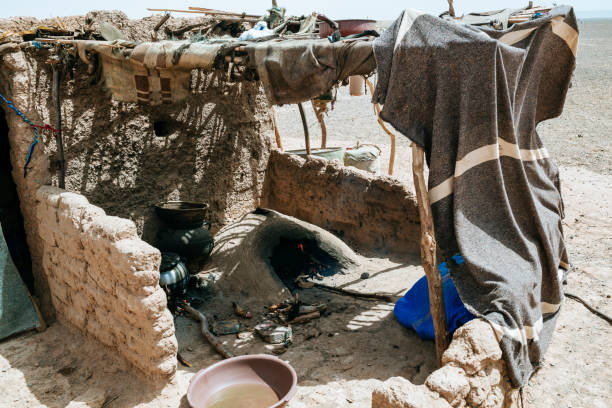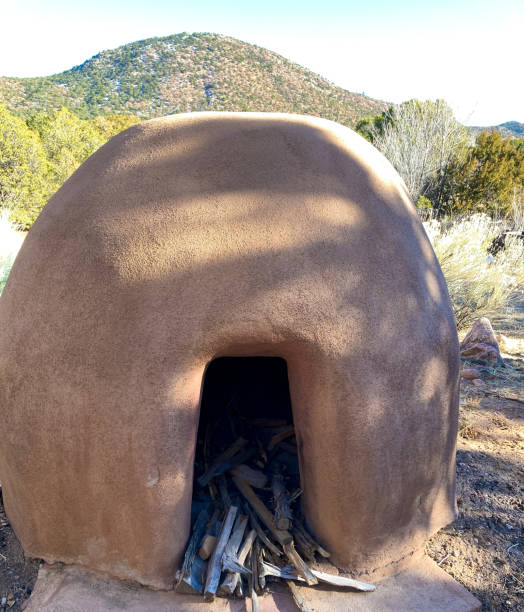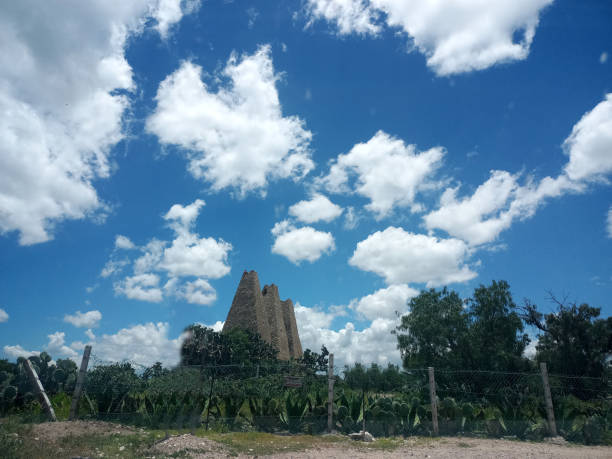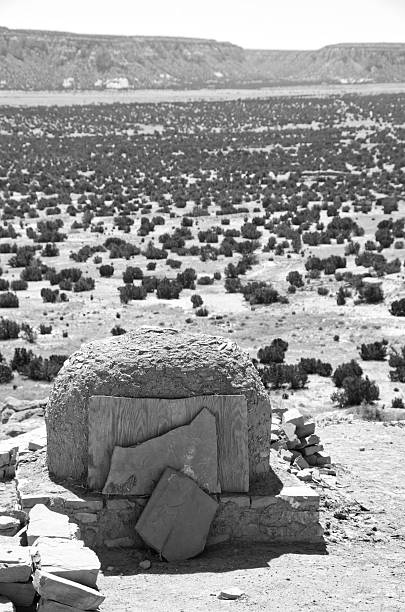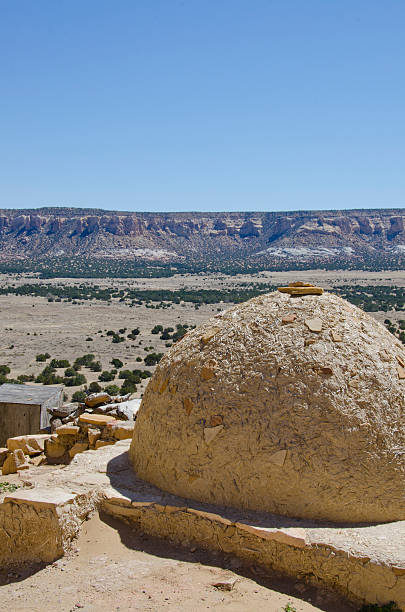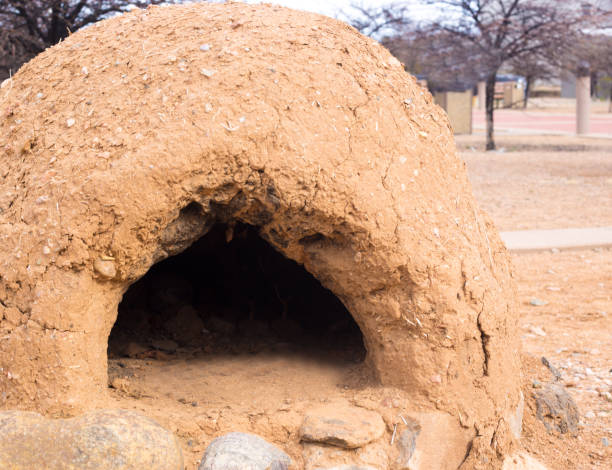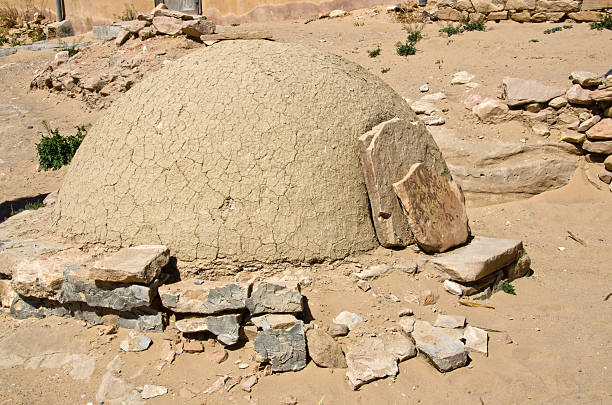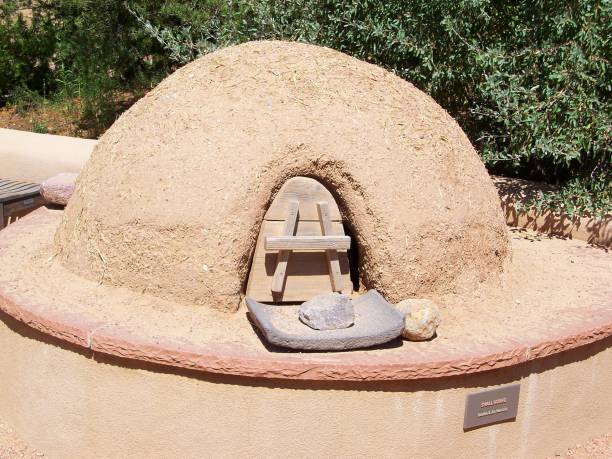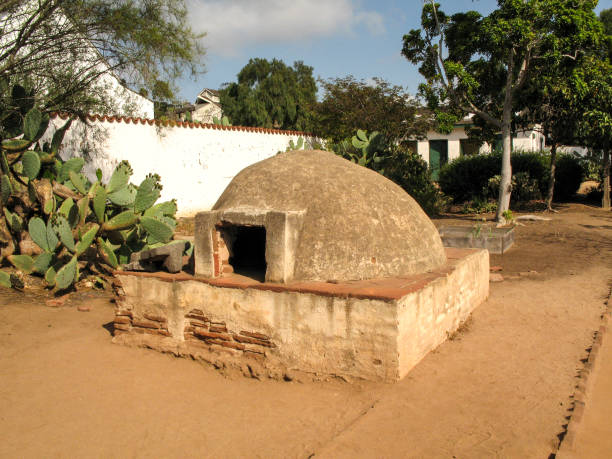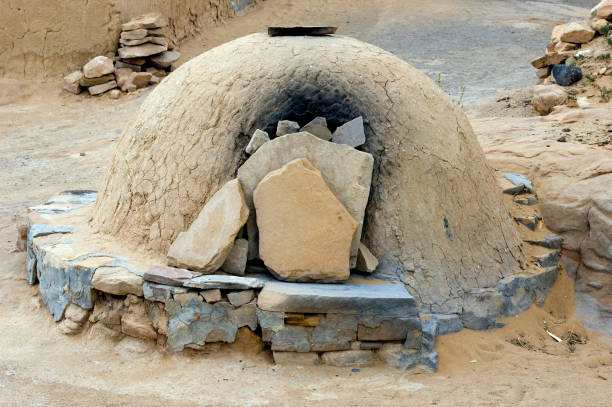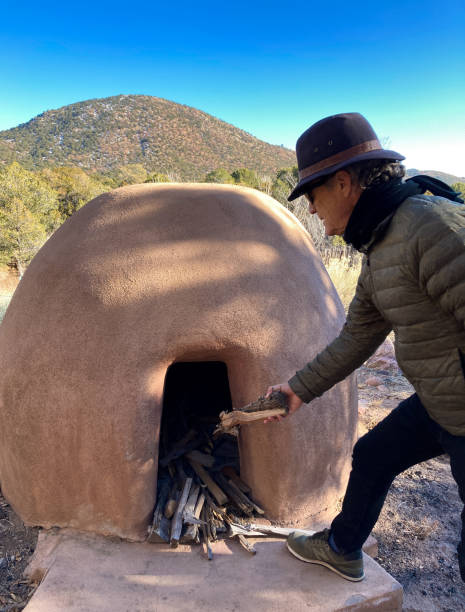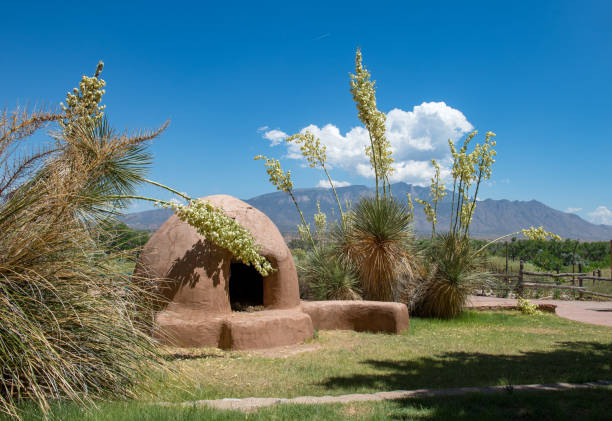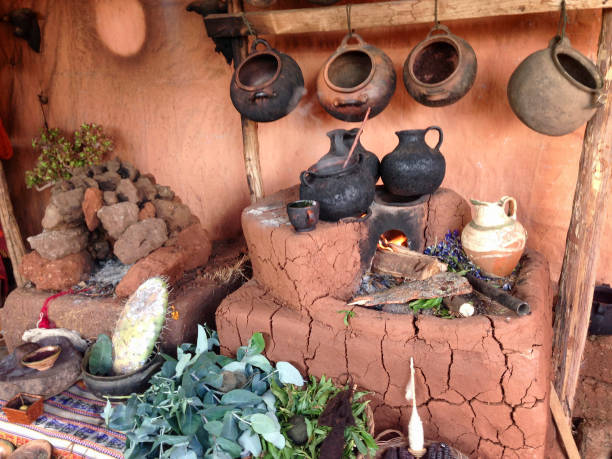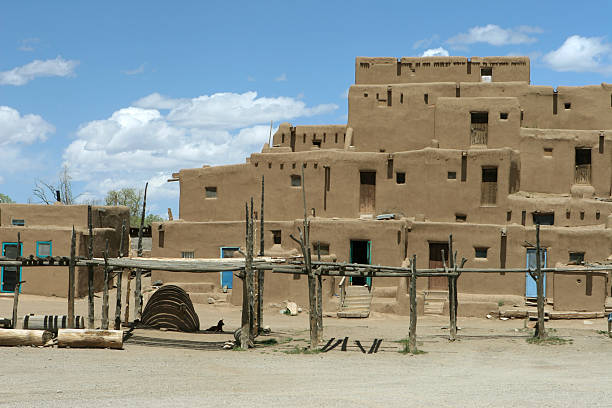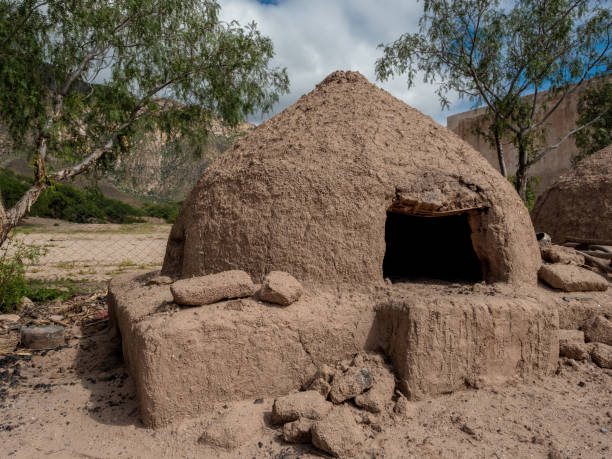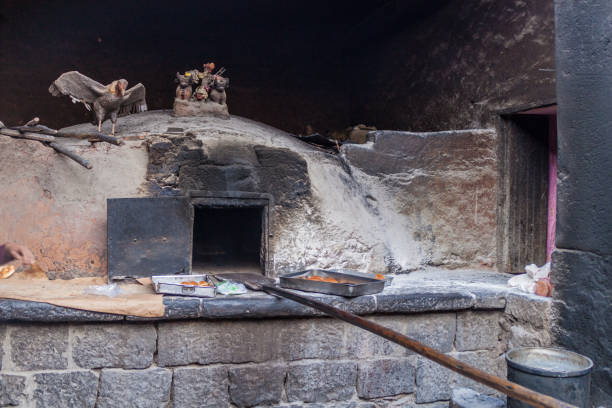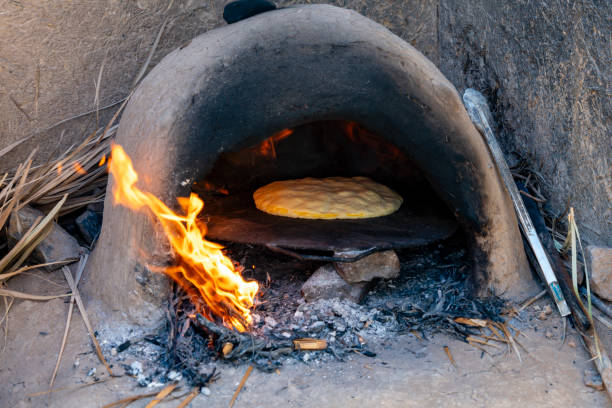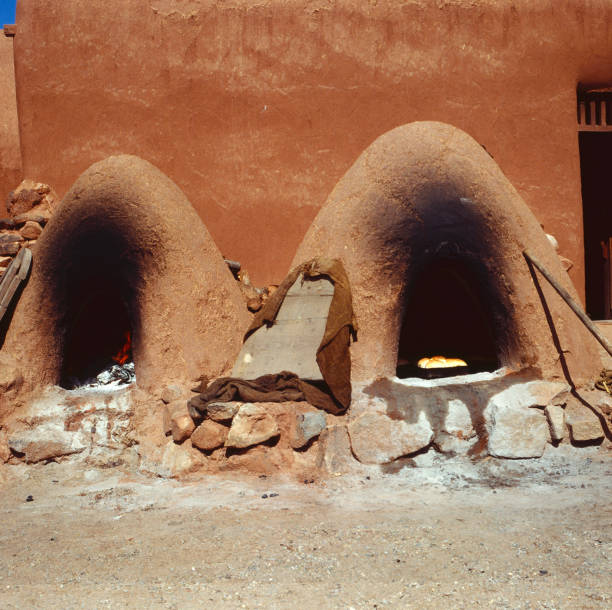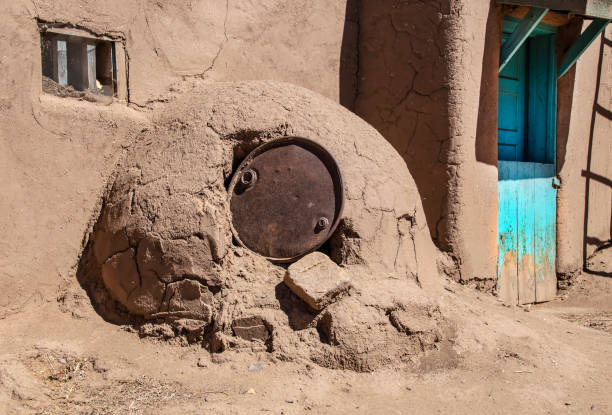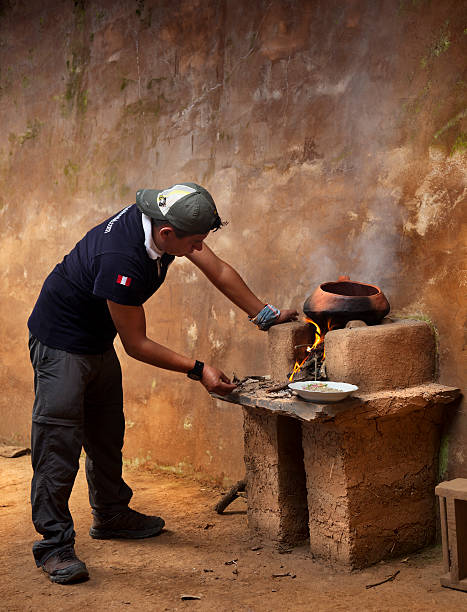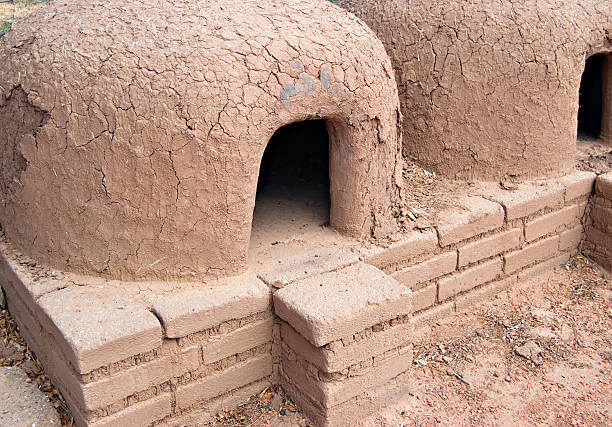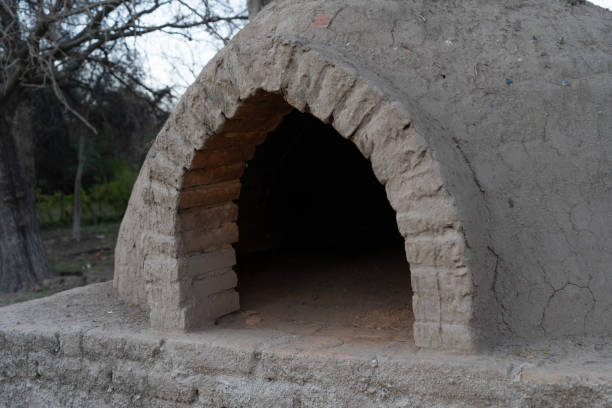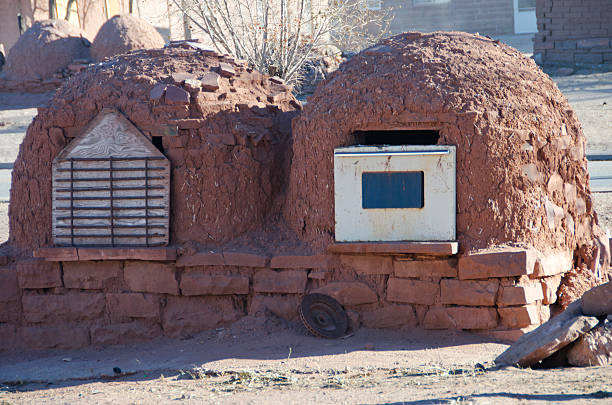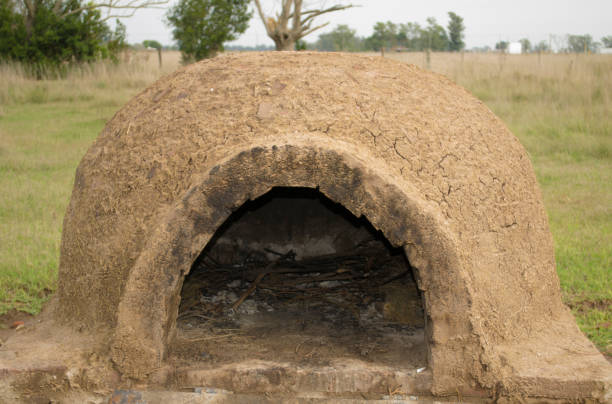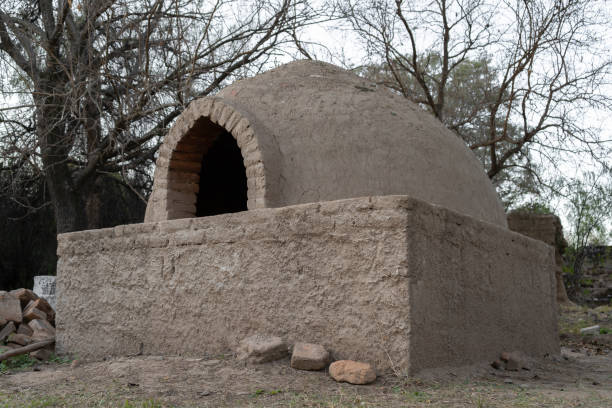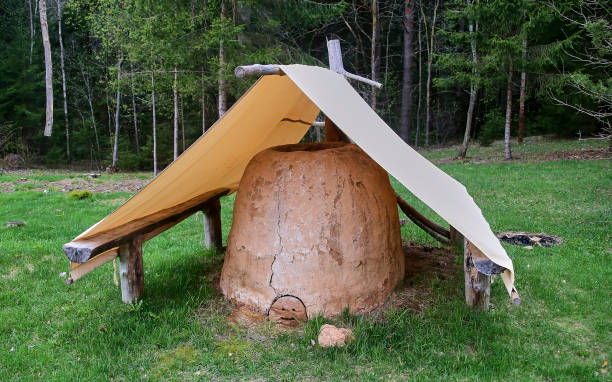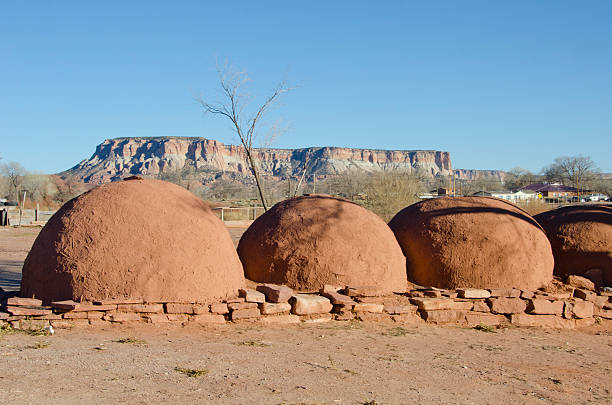
Stove Oven Adobe Outdoors Pictures, Images and Stock Photos
Browse 60+ stove oven adobe outdoors stock photos and images available, or start a new search to explore more stock photos and images.

Hornos, or ovens used to bake bread, are lined up in a row in the Zuni Pueblo in west central New Mexico. In the background is Dowa Yalanne (Corn Mountain) where the Zuni people fled to escape Coronado's expedition in 1540.
Santa Fe style: An outdoor abobe horno oven. Shot in Santa Fe, NM.
Adobe ovens outside tipis on the Taos Plateau. Northern New Mexico, American Southwest.
Pueblo clay oven in El Rancho de las Golondrinas
Rustic cooking in clay oven
Horno Outdoor Oven for baking bread: a mud adobe built oven still used in New Mexico and Arizona used for bread and meat
A vertical shot of an old adobe oven made of volcanic stones at Carachi Pampa volcano, Catamarca
Santa Fe, NM: Traditional outdoor adobe oven at the School for Advanced Research (SAR). The research center, formerly known as the School for American Research, is located near downtown Santa Fe on Garcia Street.
An outdoor adobe oven or "horno" is used by the Pueblo people for baking bread, pastries and wild game. A fire is built inside and when it is reduced to ash, the ash is taken out and the raw food is put inside to bake. This oven is decorated with a few potted plants and a colorful window behind.
"A simple wooden ladder leans against an old adobe pueblo building that is outfitted with a brightly painted door and windows, and a kiva oven for outdoor cooking in the summer."
An outdoor adobe oven or "horno" is used by the Pueblo people for baking bread, pastries and wild game. A fire is built inside and when it is reduced to ash, the ash is taken out and the raw food is put inside to bake. This oven is built directly outside of the pueblo home that it serves, with strong shadows cast along the adobe wall.
Outdoor Brick Pizza Oven
Old outdoor clay rural house oven closeup in village garden
The remains of Harmony Borax Works in Death Valley National Park, California
Bent's Old Fort on the prairies of eastern Colorado was, for a time, the only settlement between MIssouri and Santa Fe, New Mexico. Built by William Bent and his brother, Charles, the fort acted as a trading post with Cheyenne and Arapaho Indians, as a rest stop along the Santa Fe Trail, and an army post for soldiers in the 1830's and 1840's. The original building was constructed in 1833 and burned down in 1849 under suspicious circumstances.
Bent's Old Fort on the prairies of eastern Colorado was, for a time, the only settlement between MIssouri and Santa Fe, New Mexico. Built by William Bent and his brother, Charles, the fort acted as a trading post with Cheyenne and Arapaho Indians, as a rest stop along the Santa Fe Trail, and an army post for soldiers in the 1830's and 1840's. The original building was constructed in 1833 and burned down in 1849 under suspicious circumstances.
Santa Fe, NM: A traditional old adobe house being renovated; an antique oven stands on the portal (porch).
An outdoor adobe oven or "horno" is used by the Pueblo people for baking bread, pastries and wild game. A fire is built inside and when it is reduced to ash, the ash is taken out and the raw food is put inside to bake. Pictured here are two hornos backed by an adobe wall.
An outdoor adobe oven or "horno" is used by the Pueblo people for baking bread, pastries and wild game. A fire is built inside and when it is reduced to ash, the ash is taken out and the raw food is put inside to bake. Pictured here are two hornos backed by an adobe wall.
Kitchen with oven in the desert south of Morocco, Merzouga.
Smelting furnaces of the Santa Brígida mine in Mineral de Pozos in Guanajuato Mexico
Smelting furnaces of the Santa Brígida mine in Mineral de Pozos in Guanajuato Mexico
The Acoma Pueblo sits on a mesa 365 feet above the desert floor, with no running water or electricity available. Having been consistently inhabited since the early 13th century, currently there are about 300 adobe and stucco homes there, with 30 year round residents. This Native American tribe has approximately 5,000 members today, with the little pueblo's population swelling on the weekends with family members visiting their ancestral homes and tourists taking part in guided tours.
The Acoma Pueblo sits on a mesa 365 feet above the desert floor, with no running water or electricity available. Having been consistently inhabited since the early 13th century, currently there are about 300 adobe and stucco homes there, with 30 year round residents. This Native American tribe has approximately 5,000 members today, with the little pueblo's population swelling on the weekends with family members visiting their ancestral homes and tourists taking part in guided tours.
The Acoma Pueblo sits on a mesa 365 feet above the desert floor, with no running water or electricity available. Having been consistently inhabited since the early 13th century, currently there are about 300 adobe and stucco homes there, with 30 year round residents. This Native American tribe has approximately 5,000 members today, with the little pueblo's population swelling on the weekends with family members visiting their ancestral homes and tourists taking part in guided tours.
This is an ancient type of outdoor oven called a horno in the SW
Mission Basilica San Diego de Alcalá was the first Franciscan mission in The Californians, a province of New Spain. Located in present-day San Diego, California, it was founded on July 16, 1769 by Spanish friar Junípero Serra in an area long inhabited by the Kumeyaay people.
Horno is a mud adobe-built outdoor oven used by Native Americans
Southwestern Horno Adobe Clay Oven with Yucca Blooms, Blue Sky, Clouds and Mountains.
"Sitting in the shade, a dog rests near a beehive oven in front of the Native American landmark of Taos Pueblo in New Mexico."
An outdoor adobe oven or "horno" is used by the Pueblo people for baking bread, pastries and wild game. A fire is built inside and when it is reduced to ash, the ash is taken out and the raw food is put inside to bake.
A horno or outdoor oven stands in the foreground at the Jemez National Historic Landmark, where ruins of the San José de los Jemez church and signs of a 500 year old Indian village called Giusewa still exist. The Spanish established the church here in San Diego Canyon in 1620, but soon after the people abandoned the site, moving to present day Jemez Pueblo.
Two Horno Outdoor Ovens for baking bread: a mud adobe built oven still used in New Mexico and Arizona used for bread and meat
Inca's way, Peru-June 02, 2015: People spend 15 days walking by Inca's way to MachuPicchu. A young men shows how coffee is roasted originally through the jungle direction to Aguas Calientes
country oven made with bricks and clay used to cook bread, pizza, meats, etc.
Hornos, or ovens used to bake bread, are lined up in a row in the Zuni Pueblo in west central New Mexico. These two have unusual covers: one is an oven shelf attached to wood and the other is an actual oven door!
Traditional oven made of clay and bricks.
country oven made with bricks and clay used to cook bread, pizza, meats, etc.
A traditional horn clay oven in the village of Bolivia, South America. Reconstruction of the old oven.
